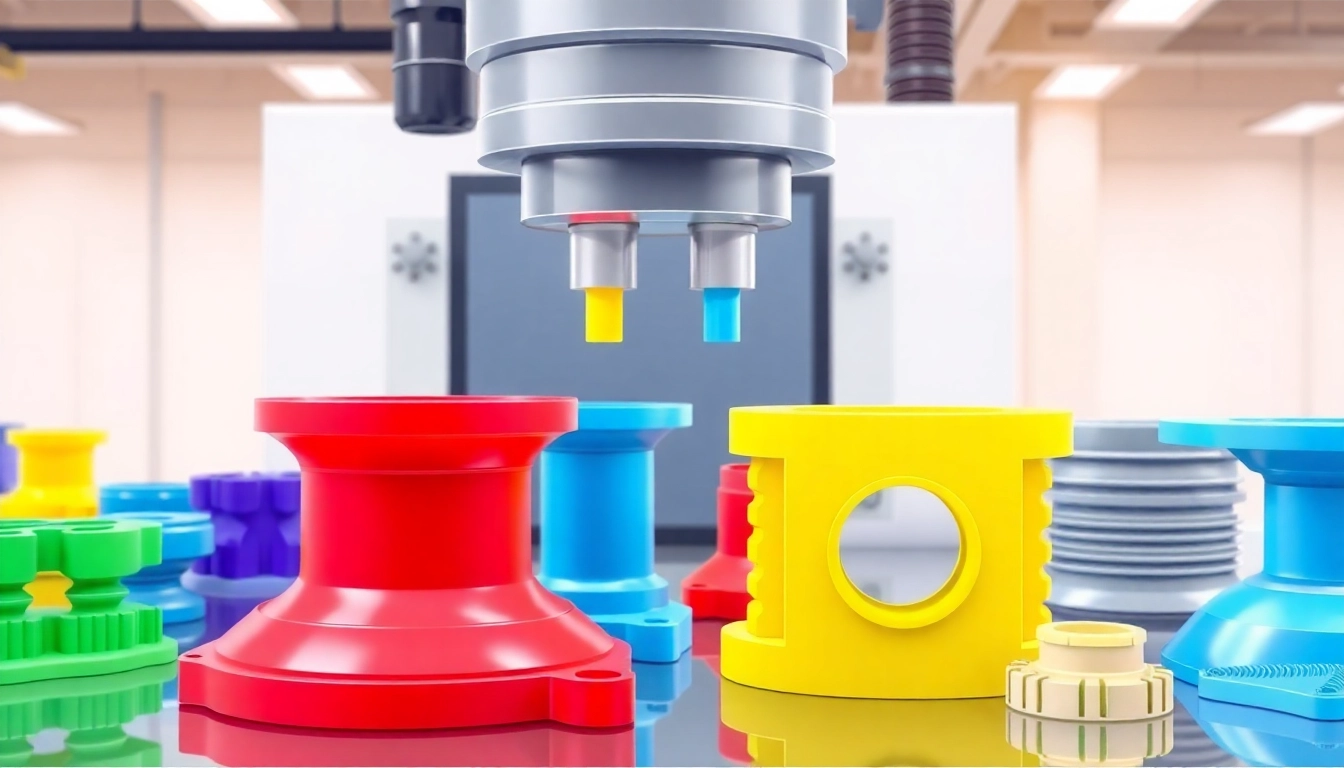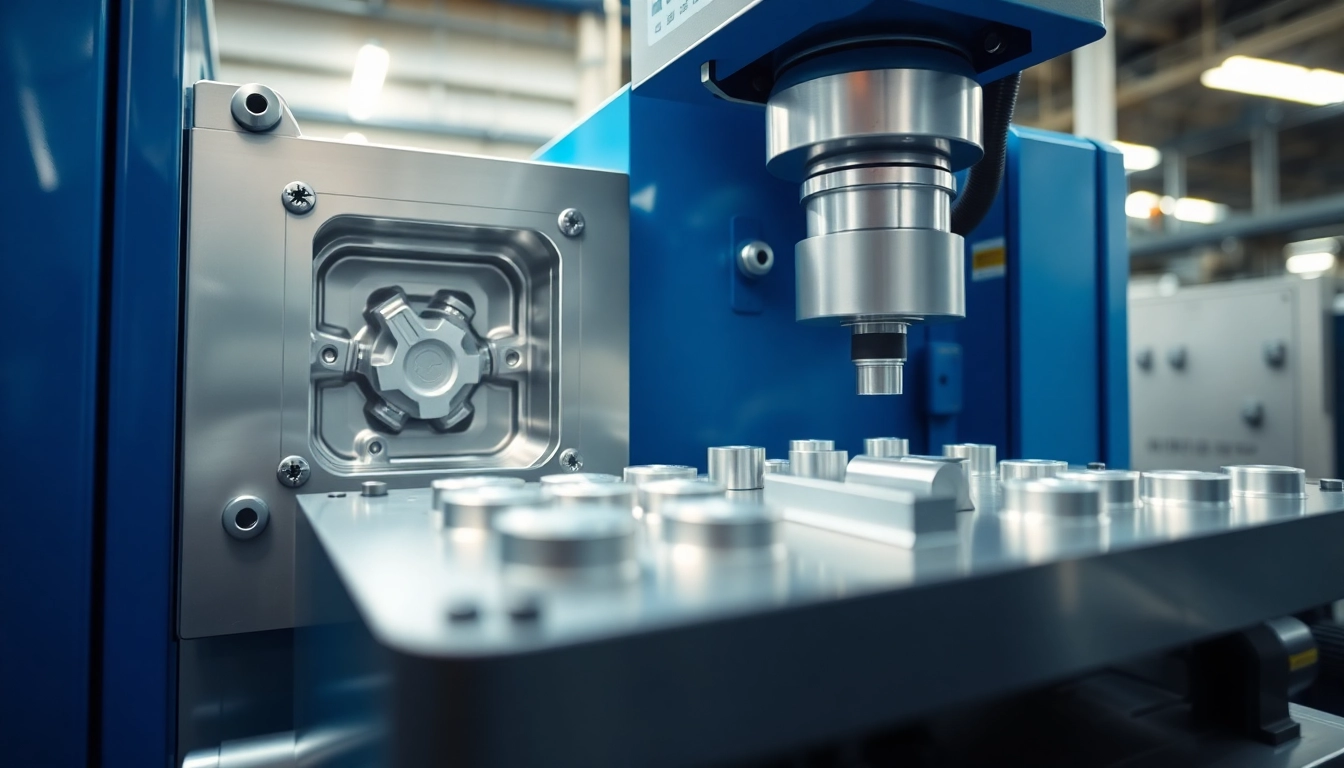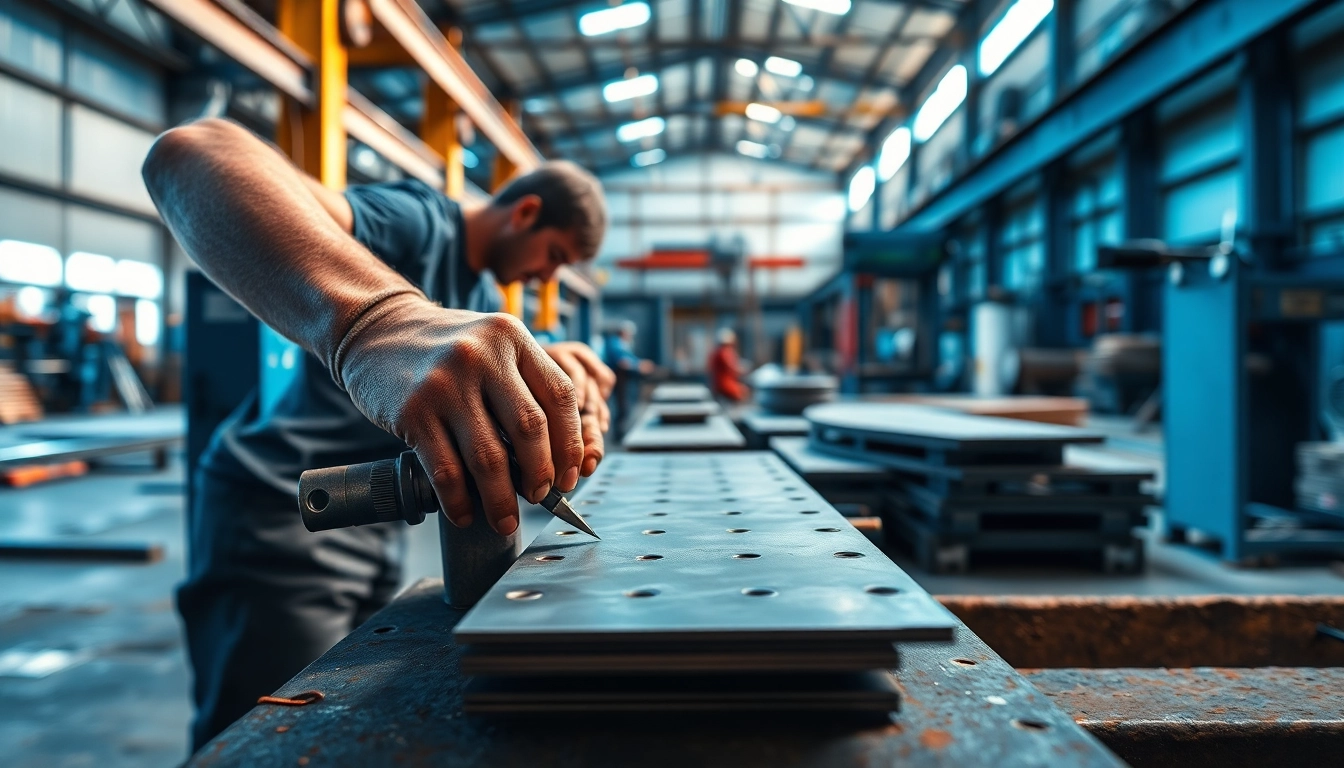Introduction to Injection Molded Parts
Injection molded parts play a crucial role in modern manufacturing, allowing for precision and efficiency in producing a wide array of products. From everyday consumer goods to intricate components in industrial applications, the relevance of injection molded parts cannot be overstated. This article aims to delve into the various aspects of injection molding, exploring its processes, design considerations, applications, and future trends.
What Are Injection Molded Parts?
Injection molded parts are components manufactured through a process known as injection molding, where molten material—typically plastic—is injected into a mold, cooled, and solidified into the desired shape. This method is preferred for mass production due to its ability to produce high volumes of parts with consistent quality and complex geometries.
Benefits of Using Injection Molded Parts
Injection molding offers several advantages that make it an attractive option for manufacturers:
- High Efficiency: The injection molding process is highly efficient, allowing manufacturers to produce large quantities of parts within a short time frame.
- Precision and Consistency: With advanced technology, injection molding provides excellent precision, ensuring that all parts are uniform and meet exact specifications.
- Material Versatility: A wide range of materials can be used in injection molding, including various plastics, metals, and elastomers, making it suitable for diverse applications.
- Complex Designs: The process allows for complex geometries and intricate designs that might be challenging to achieve using other manufacturing methods.
- Cost-Effectiveness: While the initial setup cost may be high, the long-term savings from high production efficiency and reduced labor costs make injection molding a cost-effective solution.
Common Materials for Injection Molding
Various materials are utilized in the injection molding process, each offering different properties and benefits. Some of the common materials include:
- Thermoplastics: The most widely used materials for injection molding, including polyethylene (PE), polypropylene (PP), and polystyrene (PS).
- Thermosetting Plastics: These materials, such as epoxy and polyurethane, become permanently hard when cured, making them ideal for specific applications requiring durability.
- Elastomers: Flexible materials like silicone and rubber are also suitable for injection molding, particularly for applications that require elasticity.
- Metals: Certain metal alloys can also be molded using injection techniques, including aluminum and magnesium.
The Injection Molding Process Explained
Steps in the Injection Molding Process
The injection molding process can be broken down into several key steps:
- Material Preparation: The raw material, usually in the form of plastic pellets, is fed into a hopper where it is heated until it melts.
- Injection: The molten plastic is injected into a specially designed mold cavity under high pressure, allowing it to fill every nook and cranny.
- Cooling: The material is allowed to cool and solidify inside the mold. This step is crucial for ensuring the part maintains its shape and structural integrity.
- Ejection: Once cooled, ejector pins push the molded part out of the mold, ready for further processing or assembly.
- Post-Processing: After ejection, parts may undergo various post-processing steps such as trimming, surface finishing, or assembly.
Types of Injection Molding Machines
Various types of injection molding machines exist, each suited for different applications and production scales:
- Hydraulic Machines: These traditional machines use hydraulic systems for operation and are ideal for producing large, complex parts.
- Electric Machines: These machines offer higher precision and faster cycles compared to hydraulic systems, making them suitable for smaller parts and higher production rates.
- Hybrid Machines: Combining both hydraulic and electric technologies, hybrid machines provide versatility and efficiency for various applications.
Quality Control in Injection Molding
Ensuring the quality of injection molded parts is critical for maintaining industry standards. Key factors include:
- Material Inspection: Raw materials should be thoroughly inspected for quality before use.
- Mold Maintenance: Regular maintenance and calibration of molds are essential to prevent defects.
- Process Monitoring: Continuously monitoring the injection process helps to identify variations in temperature, pressure, and cycle times that could affect quality.
- Final Product Testing: Conducting various tests, such as tensile, thermal, and dimensional checks, ensures the parts meet the required specifications.
Design Considerations for Injection Molded Parts
Best Practices for Designing Injection Molded Parts
Design plays a pivotal role in the success of an injection molded component. Here are some best practices to consider:
- Utilize uniform wall thickness to prevent warping and ensure even filling of the mold.
- Avoid sharp corners; instead, use radii to enhance material flow and reduce stress concentrations.
- Design with simplicity in mind; complex parts might necessitate additional machining or assembly operations.
- Incorporate features such as ribs and bosses to enhance structural integrity without increasing material costs unnecessarily.
Importance of Draft Angles
Draft angles are a crucial element in the design of injection molded parts. Incorporating draft angles helps in:
- Facilitating easier ejection of the part from the mold.
- Reducing the risk of surface damage or distortion during the removal process.
- Enhancing the overall quality of surface finish by preventing scuffing and scratching.
Understanding Wall Thickness in Part Design
Wall thickness significantly influences the performance and cost of injection molded parts. Designers should aim for:
- Consistent wall thickness to avoid potential issues like warping, sink marks, or voids.
- A thickness that complements the part’s functional requirements—thicker walls provide more strength, while thinner walls optimize material usage.
- Utilizing techniques like ribbing to provide structural support without excessive material usage.
Applications of Injection Molded Parts
Industries Utilizing Injection Molded Parts
Injection molded parts are employed across various industries, demonstrating their versatility:
- Automotive: Used for producing dashboards, panels, and other interior components.
- Consumer Electronics: Ideal for casings and complex parts in devices such as smartphones and laptops.
- Medical: Components like syringes, surgical instruments, and diagnostic equipment are often made through injection molding.
- Packaging: From bottles to containers, injection molding serves an essential role in the packaging industry.
- Toys: Many popular toys are manufactured using injection molding for their complicated designs and durability.
Everyday Products Made with Injection Molding
Many everyday items we interact with are made using injection molding:
- Plastic containers and lids
- Bottle caps
- Kitchen utensils
- Household furniture components
- Electrical housings
Future Trends in Injection Molded Products
As technology and consumer needs evolve, future trends in injection molding are likely to include:
- Sustainability: Increased focus on using biodegradable and recyclable materials in the injection molding process.
- Customization: Advances in technology will allow more tailored designs, with manufacturers able to efficiently create small batches of unique parts.
- Integration with Smart Manufacturing: The use of IoT and data analytics to monitor and optimize the injection molding process in real-time will enhance efficiency and quality.
Conclusion and Next Steps
Evaluating Injection Molded Parts for Your Projects
When considering injection molded parts for your projects, it’s essential to evaluate your specific requirements, including material choices, design complexities, and production volumes. Collaborating with experienced manufacturers can help you navigate these considerations effectively.
Finding a Reliable Injection Molding Partner
Partnering with a reliable injection molding company is critical for success. Look for manufacturers with a proven track record, advanced technology, and a deep understanding of industry standards. Establishing a solid partnership will ensure quality outcomes, timely production, and ongoing support.
Resources for Further Learning
For those interested in diving deeper into injection molding, numerous resources are available: books, online courses, and industry seminars that cover everything from basic principles to advanced techniques. Staying informed will equip you with the knowledge needed to excel in this dynamic field.



